Whether you’re a new dog parent or an old hand, the health and vitality of your four-legged friend are paramount. A crucial aspect of your dog’s overall health is their weight, and just like us humans, our pets require regular exercise to maintain a healthy physique. Today, we’re diving deep into effective dog exercise routines that can keep your pup’s weight in check and ensure they’re living their best life.
The Importance of Exercise
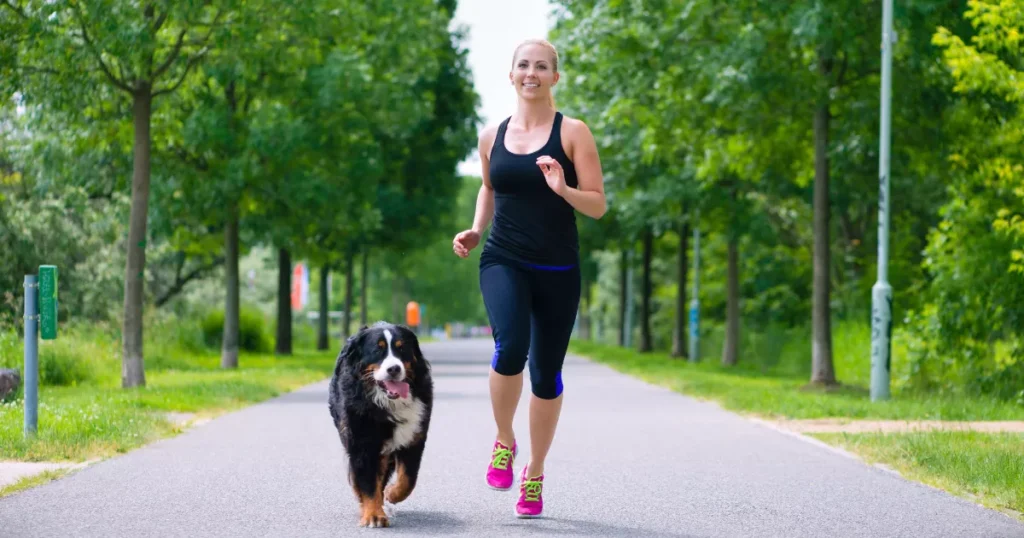
A sedentary lifestyle is as harmful to dogs as it is to humans. Lack of regular exercise can lead to weight gain, which in turn can cause a myriad of health problems such as joint issues, diabetes, and heart conditions. Plus, physical activity is not only beneficial for a dog’s body but also for their mind.
It helps combat behavior problems like excessive barking, digging, or chewing, which are often rooted in boredom and pent-up energy.
Factors to Consider
Before we jump into specific routines, it’s essential to note that not all exercises are suitable for every dog. Here are some things to keep in mind:
1. Breed: Some breeds have boundless energy (like Border Collies or Labradors), while others are more laid-back (such as Bulldogs or Basset Hounds). Tailor the routine to suit the natural inclinations of your breed.
2. Age: Puppies and senior dogs have different energy and endurance levels. Always ensure exercises are age-appropriate.
3. Health: If your dog has any existing health issues or injuries, consult with your veterinarian before starting a new exercise regimen.
Dog Exercise Routines for Optimal Weight
1. The Classic Walk
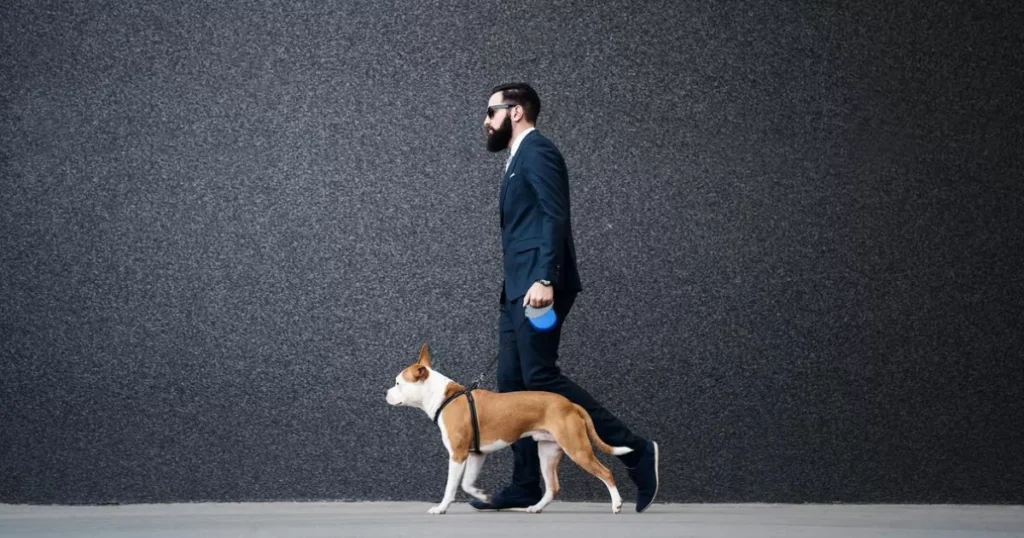
Walking is the cornerstone of dog exercise. It not only provides a physical workout but also offers an excellent sensory experience for your pet as they sniff around and explore. Tailor the duration and intensity according to your dog’s breed, age, and fitness level. For the sprightly ones, ramping up to brisk walks or incorporating short runs can be beneficial. Consider using different routes to introduce your dog to new environments, making the walk mentally stimulating.
2. Fetch and Frisbee
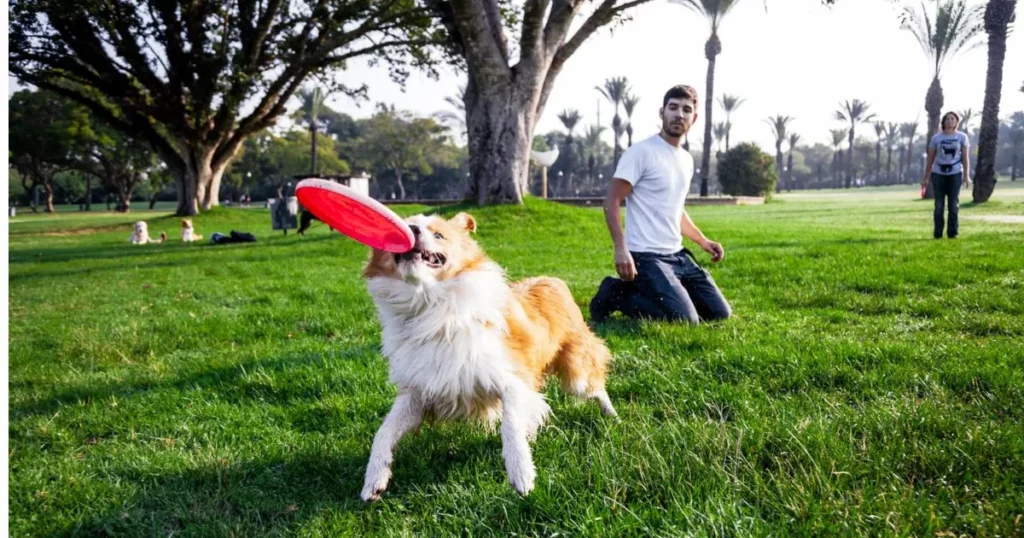
Launching a ball or frisbee across an open space is more than just a game; it’s a cardiovascular workout. This activity harnesses the natural instincts of many breeds, especially retrievers. It also allows the dog to exercise at their own pace, running as fast or as leisurely as they want. Rotate between balls, frisbees, and other fetching toys to keep things fresh.
3. Tug-of-War
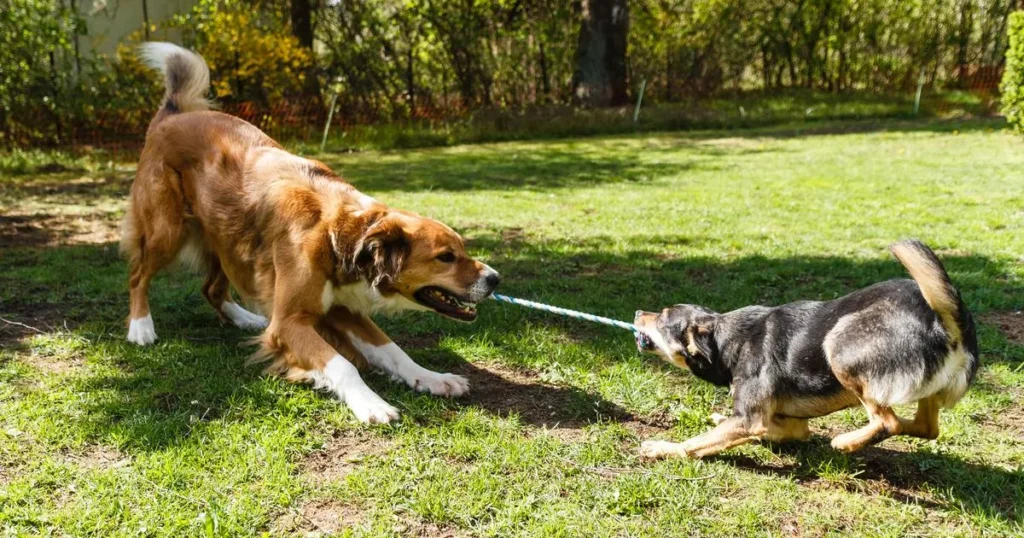
This game, though simple, engages multiple muscle groups in your dog’s body. Ensure you’re using a toy designed for tugging to avoid any dental issues. While it’s a physical game, it’s also a mental challenge, teaching your dog when to pull, hold, and release. However, make sure the game remains friendly and doesn’t encourage aggressive behavior.
4. Agility Training
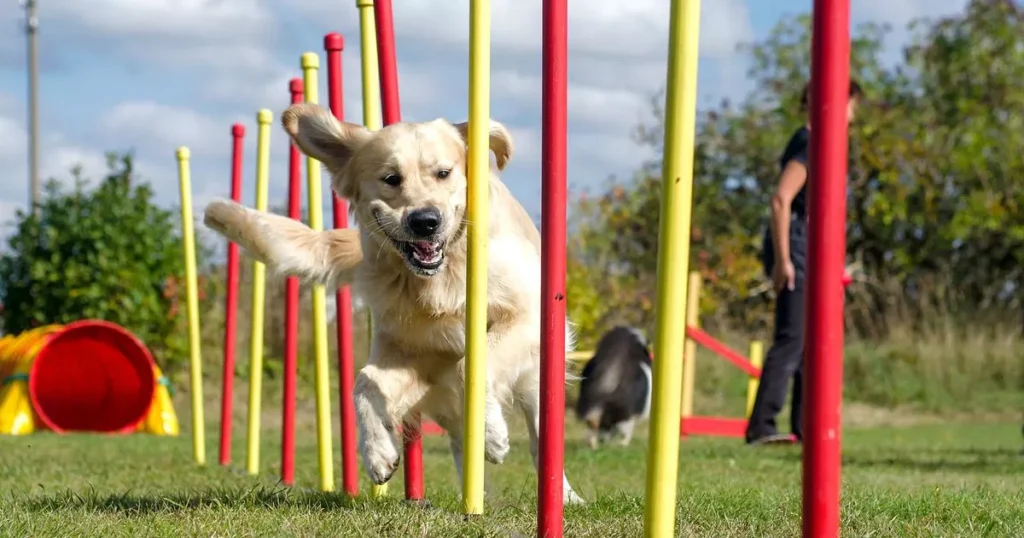
Agility training is like an obstacle course for dogs. It involves a series of challenges, from jumping over hurdles to navigating through tunnels. Apart from being an intense workout, it also sharpens their mental faculties. You can start with basic homemade setups and gradually move to more professional equipment if your dog shows a keen interest.
5. Doggy Playdates
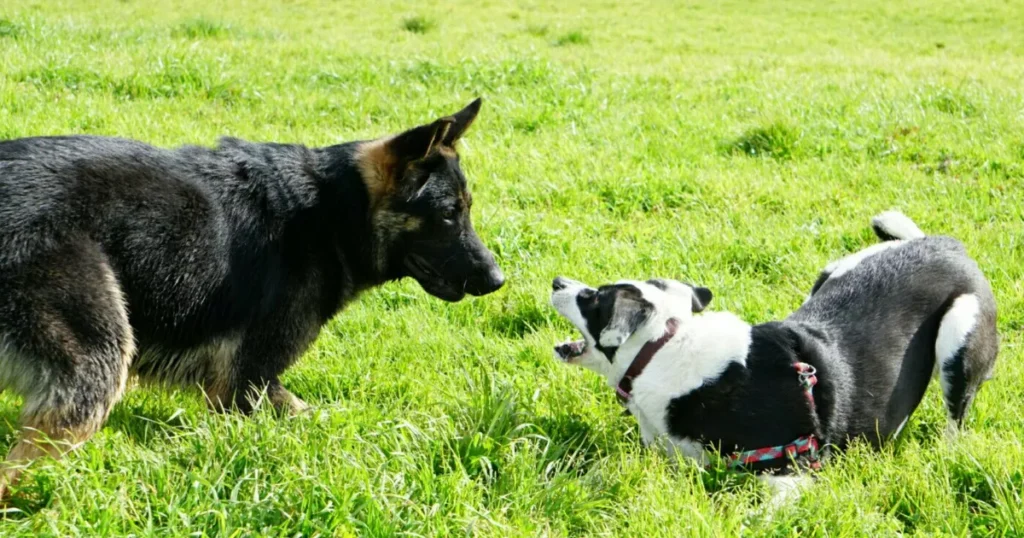
Socializing is an integral part of a dog’s life. Playdates are more than just fun; they’re a full-body workout, especially when it involves chasing, wrestling, and other playful antics. Ensure the dogs are compatible in terms of size and temperament. Playdates are also great for improving your dog’s social skills.
6. Swimming
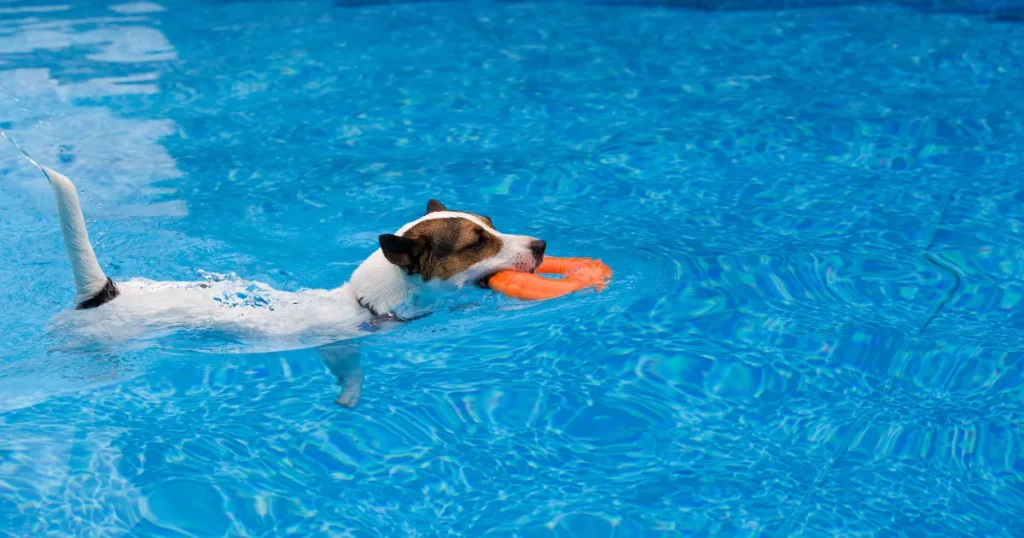
The buoyancy of water means there’s less stress on your dog’s joints, making swimming an excellent exercise for dogs with arthritis or other joint problems. Whether it’s a backyard pool, a lake, or a dog-friendly beach, swimming provides a thorough workout for the entire body. However, always supervise your dog while they’re in the water, and ensure they’re familiar with the exit points.
7. Hiking

Elevate the classic walk with a hike. The uneven terrains challenge different muscle groups, making it a comprehensive workout. It’s also mentally enriching for your dog as they navigate through new environments, encountering various sights, sounds, and smells. Make sure to pick trails that are dog-friendly and always have a first aid kit handy.
8. Treadmill Training
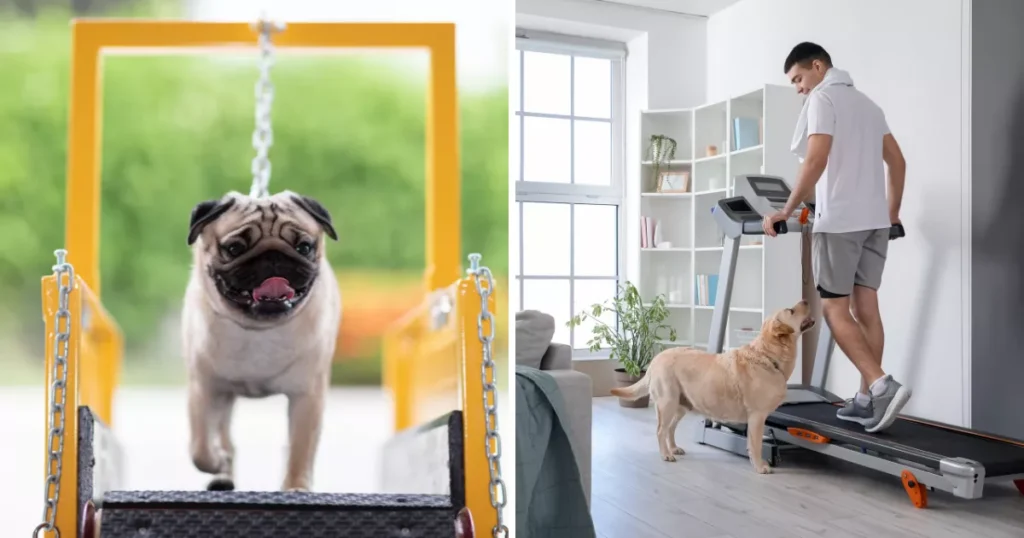
While nothing beats the great outdoors, sometimes the weather or other circumstances don’t allow for outside exercise. In such cases, a treadmill can come to the rescue. Start slow, allowing your dog to get acquainted with the equipment. Gradually increase the duration and speed as per your dog’s comfort. Ensure you’re supervising them throughout to prevent any accidents.
Monitoring Progress and Safety
Consistency is vital in any exercise routine. However, always monitor your dog for signs of fatigue or discomfort. Ensure they have access to fresh water during and after exercise. On particularly hot days, avoid strenuous exercises and always be wary of the signs of heatstroke.
It’s also essential to keep an eye on their weight and adjust their diet as necessary. A balance of exercise and proper nutrition is the key to maintaining optimal weight.
In Conclusion
A fit dog is a happy dog. By incorporating regular exercise into your dog’s routine, you’re not just ensuring their physical well-being but also enhancing their mental health. Whether it’s a leisurely walk in the park or an intense game of fetch, remember to enjoy these moments with your furry friend. After all, these shared experiences only deepen the bond you share.
Frequently Asked Questions
How often should you exercise an overweight dog? For an overweight dog, daily exercise is crucial. Begin with short, gentle activities, gradually increasing intensity and duration as your dog's stamina improves. Consulting with a veterinarian will help tailor a suitable exercise plan for your dog's specific condition.
What indoor exercises can keep my dog active during bad weather? When the weather is uncooperative, you can engage your dog with indoor games like tug-of-war using a durable toy or indoor fetch in a spacious room. Having your dog climb stairs provides a great workout for their legs. Hide and seek using treats or toys can also keep them mentally and physically stimulated. For a more structured indoor walk, a treadmill, with proper introduction and supervision, can be beneficial.
Which outdoor activities are both fun and effective for my dog's weight loss? Activities like agility training in your yard, swimming in dog-friendly pools or lakes, hiking on varied terrains, and modified games of fetch where you make your dog search for the hidden toy can be enjoyable and effective for weight loss. Organizing playdates with fellow dog owners also provides social and active playtime for your pet.
How can I tell if my dog is getting enough exercise? A dog that's receiving sufficient exercise will have a stable weight, display good muscle tone, and show consistent energy levels. Regularly monitoring your dog's weight, consulting with your vet, and observing changes in behavior can provide insights into their exercise needs.
Are there specific exercises recommended for puppies or senior dogs? Puppies, with their abundant energy, can benefit from short bursts of playful activities, ensuring not to strain their developing joints. Senior dogs, on the other hand, might benefit more from gentle, low-impact exercises like leisurely walks or swimming to maintain joint health without excessive strain.
How do I introduce a new exercise to my dog safely? When introducing a new exercise, it's essential to start slow. Allow your dog to get accustomed to the activity, ensuring they're comfortable. Always monitor for signs of fatigue or discomfort, and offer plenty of water breaks. For activities that require equipment or specific techniques, like treadmill walks or agility courses, consider consulting a canine fitness expert for guidance.